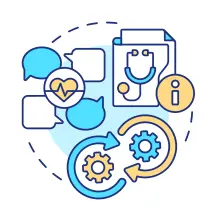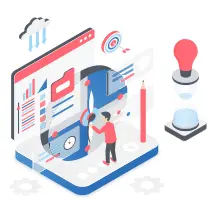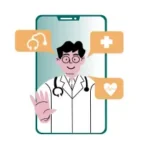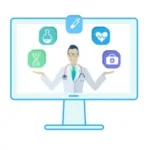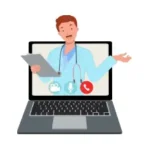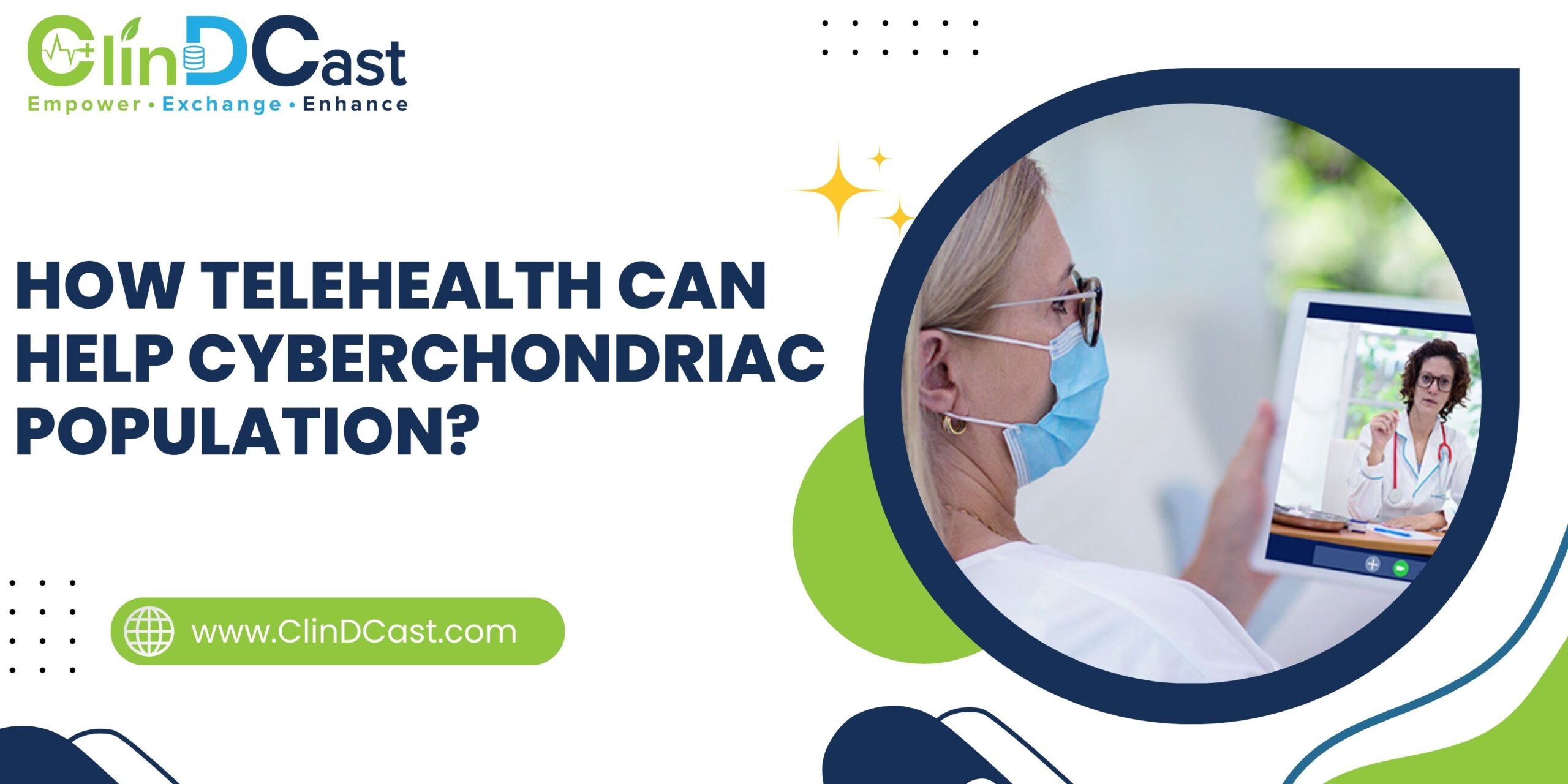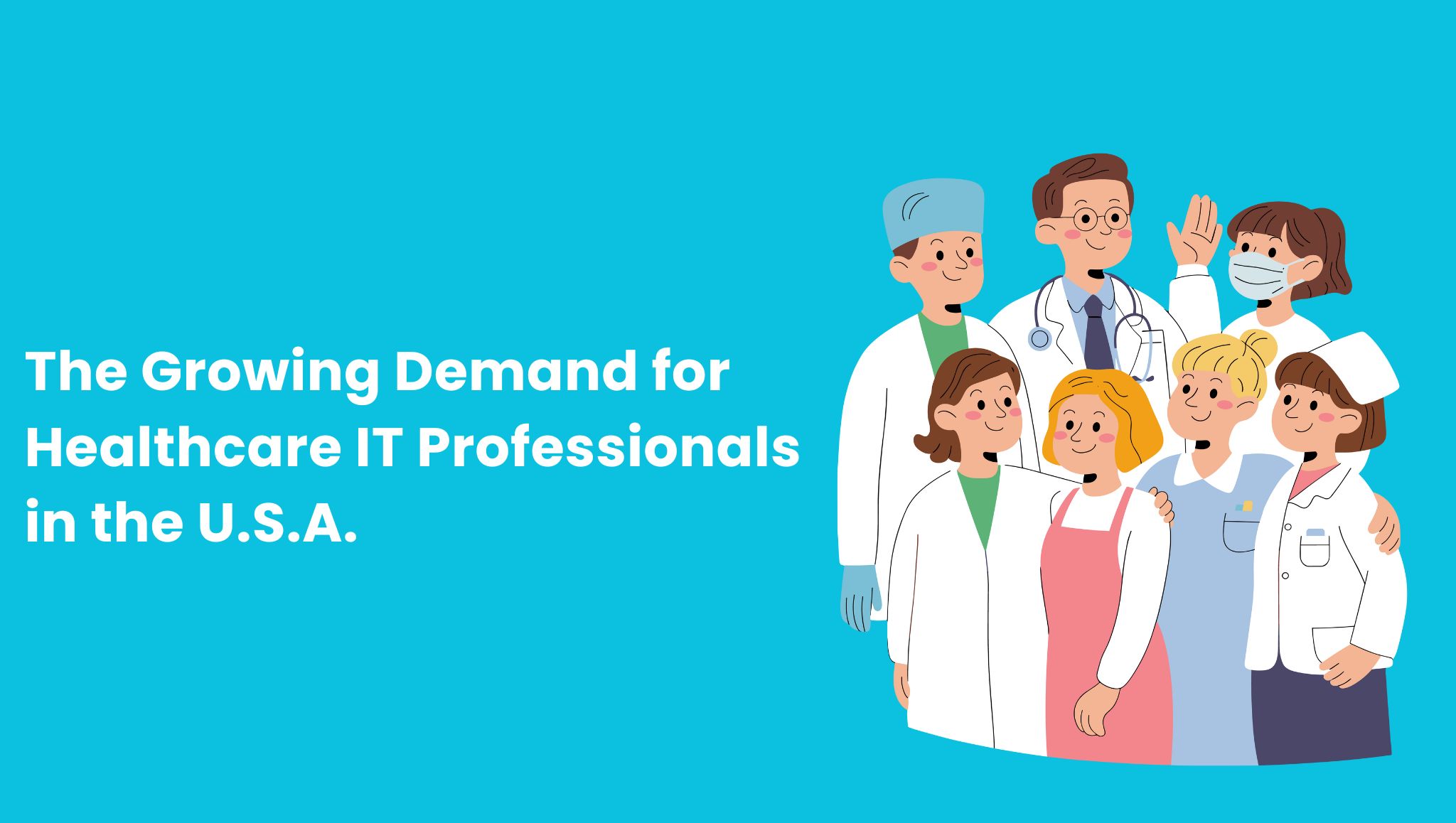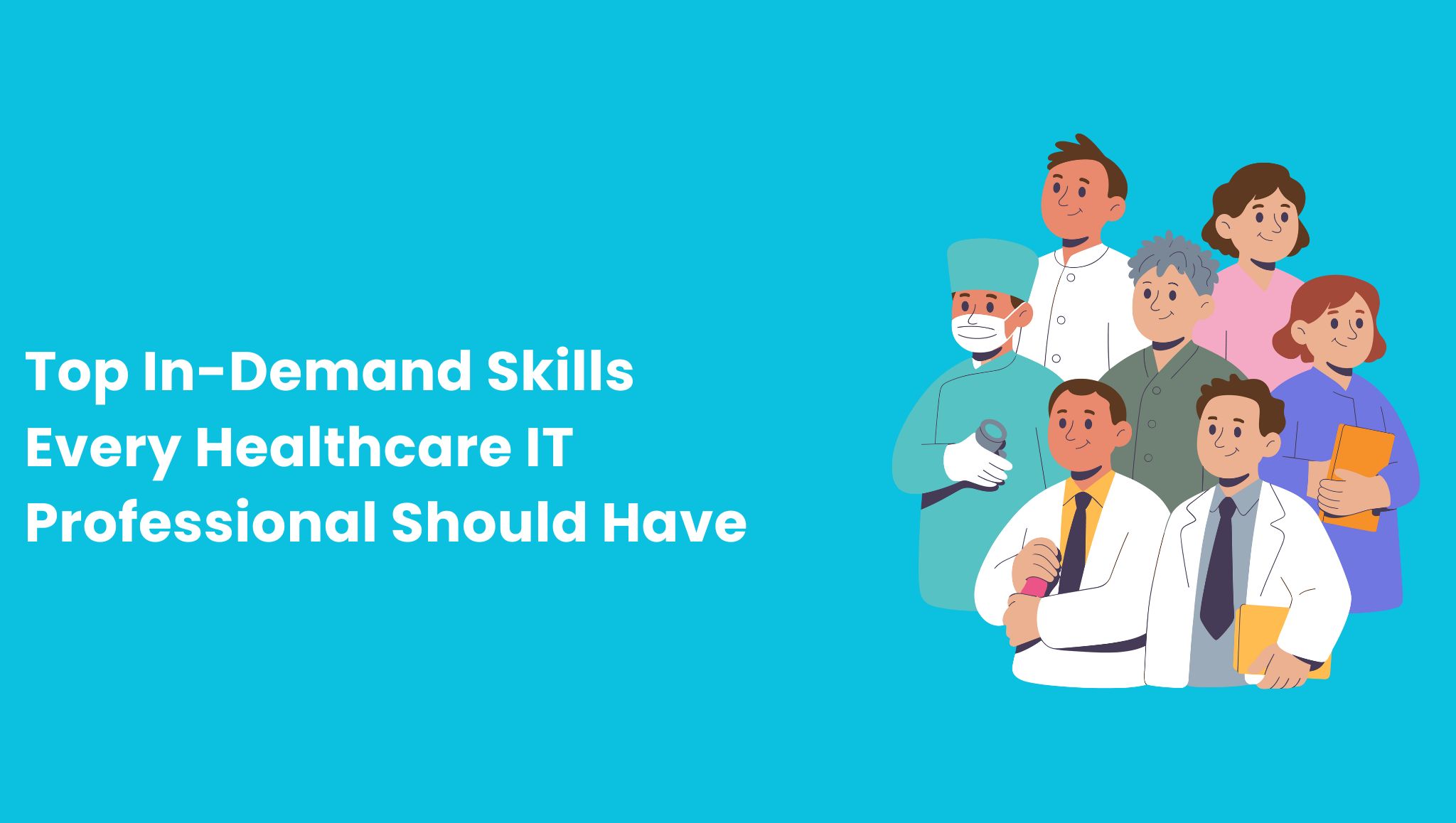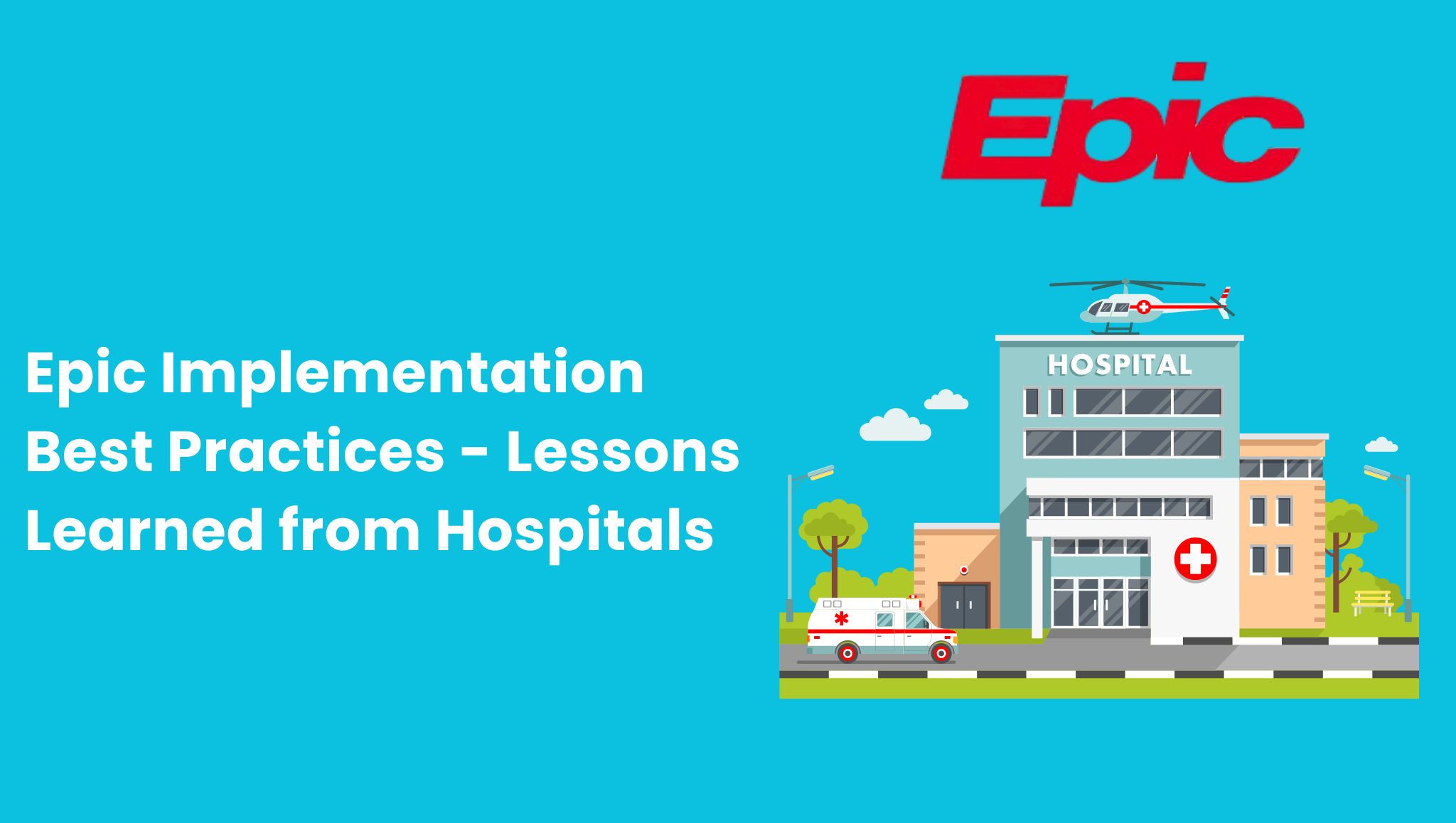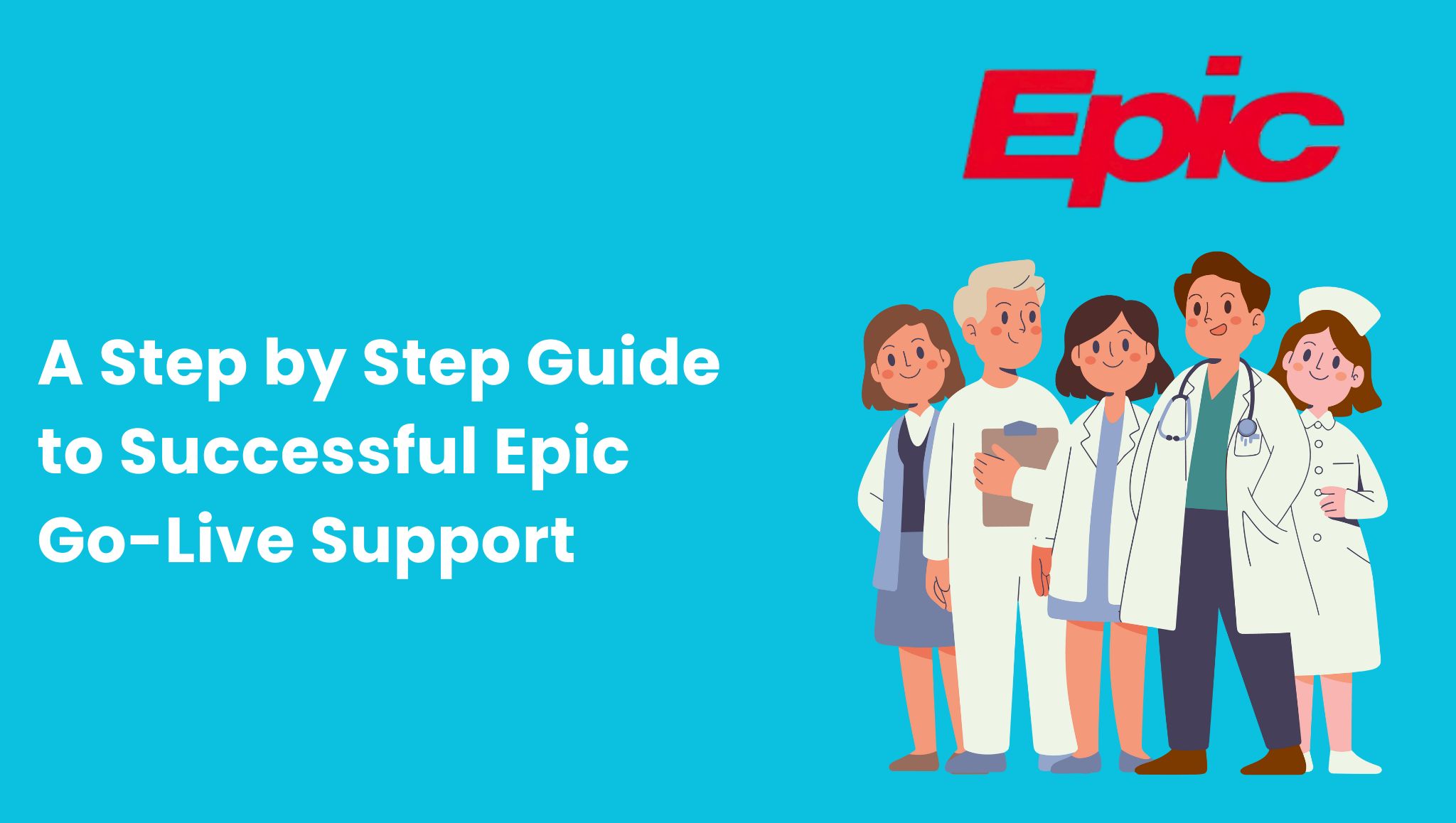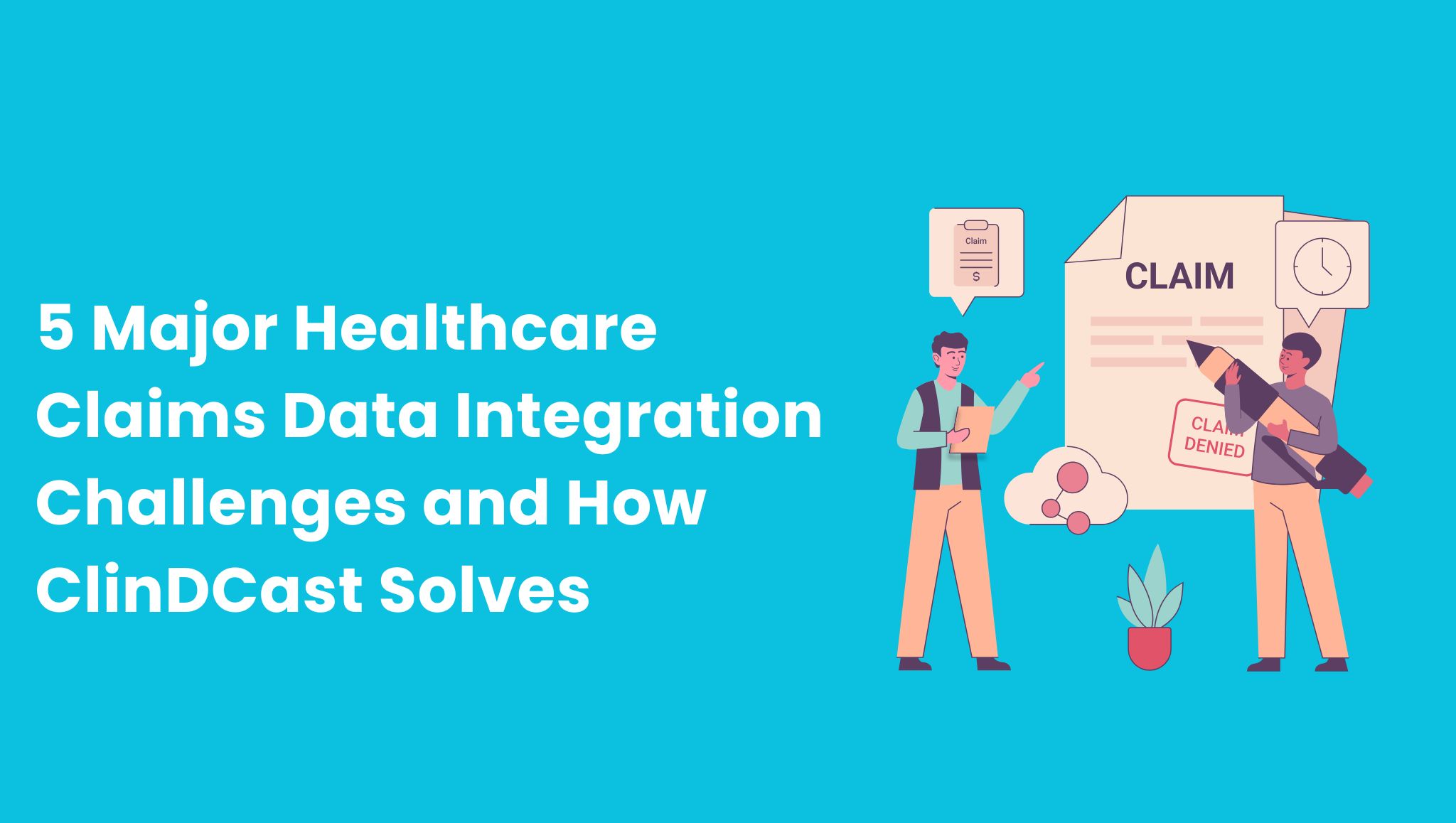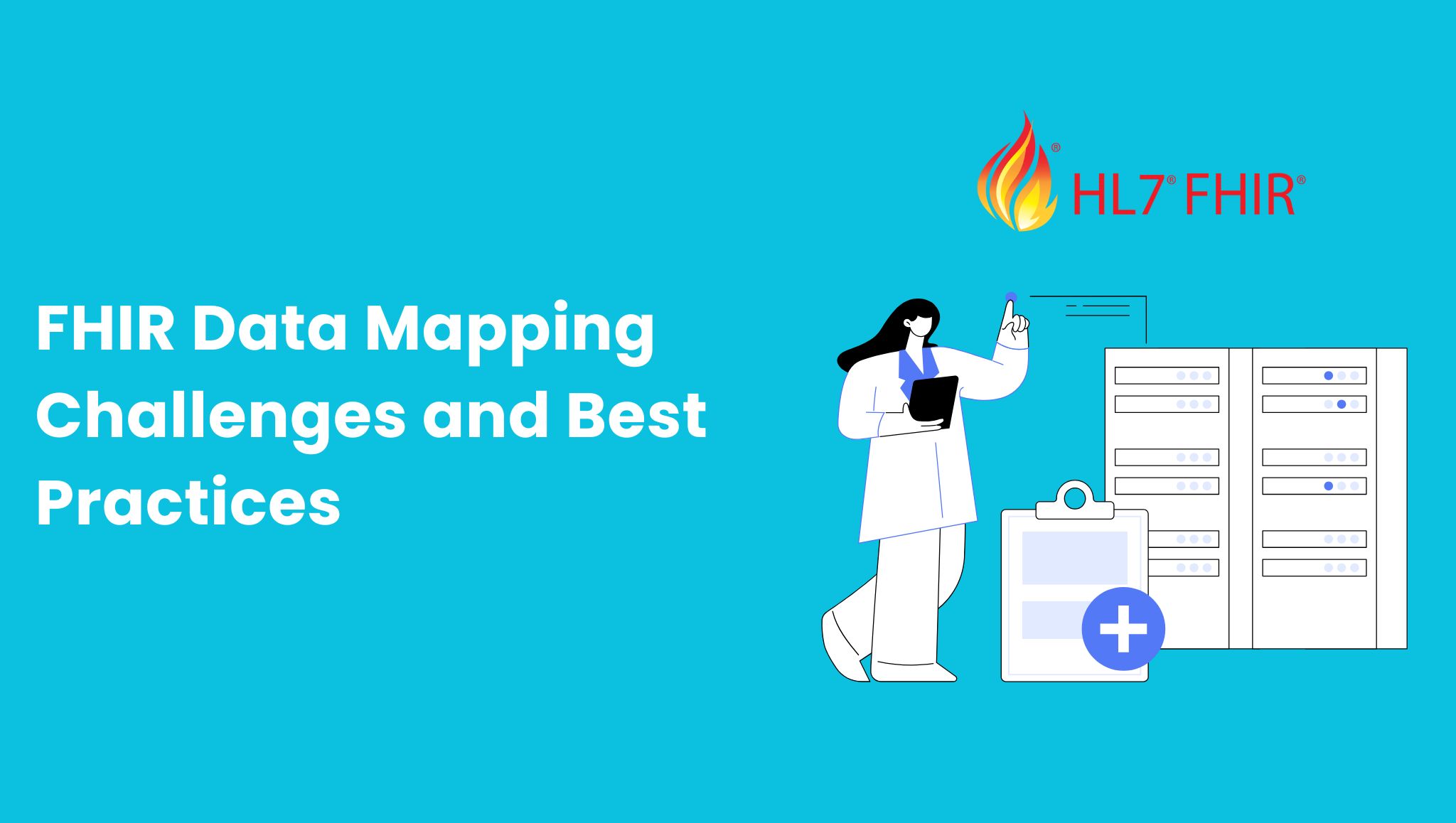
The healthcare industry is quickly evolving toward a future where smooth and secure data sharing isn’t just a goal—it’s becoming a real part of everyday operations. With tightening regulations, rising expectations for personalized treatment, and shifting health IT standards, interoperability is no longer optional—it’s essential.
In this article, “FHIR TEFCA and Interoperability in 2025 What Healthcare Leaders Need to Know,” we explore how these initiatives are driving connected care, enabling innovation, and setting new expectations for data accessibility, security, and collaboration across the U.S. healthcare system.
What is FHIR?
FHIR, created by HL7, is a modern healthcare standard designed to help health systems, insurers, and digital health applications share data more easily. It uses familiar web technologies like RESTful APIs and JSON, making data exchange faster and more efficient.
Key Advancements in 2025:
a) FHIR R5, the most current version, improves support for real-time, bulk, and population-level data exchange.
b) Leading EHR vendors like Epic, Cerner, and MEDITECH now provide powerful FHIR APIs that support a wide range of capabilities—from giving patients access to their health information to enabling clinical decision support tools
c) The SMART on FHIR ecosystem is expanding steadily, making it simpler to embed third-party apps directly into clinical workflows.
d) FHIR has become a key component in CMS compliance efforts, fostering smoother data exchange between payers and providers and driving innovation in digital health.
e) FHIR is now central to CMS compliance initiatives, payer-provider interoperability, and digital health innovation.
What is TEFCA?
Led by the Office of the National Coordinator for Health IT (ONC), TEFCA aims to create a single, nationwide system for sharing health data. It brings together healthcare providers through a network of Qualified Health Information Networks (QHINs), all following the same set of rules to ensure data is shared securely, reliably, and with trust.
TEFCA Highlights in 2025:
a) More and more Qualified Health Information Networks (QHINs) are now up and running, playing an active role in exchanging data between healthcare providers, public health agencies, and insurance payers.
b) TEFCA now enables data exchange using FHIR in addition to the traditional IHE protocols, blending cutting-edge interoperability with the necessary support for older systems.
c) Participants benefit from plug-and-play connectivity that works across different regions and systems, making it much easier, faster, and more cost-effective than traditional point-to-point integration methods.
d) TEFCA’s governance framework is helping build greater trust and transparency when multiple parties share health data.
Why Interoperability Is Now a Strategic Imperative
Better Patient Care
With access to more complete patient histories, lab results, imaging, and medication records, clinicians can make faster, more informed decisions.
Regulatory Compliance
New updates from CMS, ONC, and HIPAA now require healthcare providers and payers to use standardized APIs and ensure data isn’t being blocked.
Operational Efficiency
Streamlining data exchange helps cut down on redundant testing, reduces administrative costs, and makes it easier to coordinate referrals.
Enabling Innovation
Health tech companies and research institutions are using interoperable data to power AI, support population health efforts, advance precision medicine, and build better patient engagement tools.
What Healthcare Leaders Should Do No
1. Evaluate Your FHIR Capabilities
Make sure your systems are up to date with the latest FHIR version and can support bi-directional API access. Identify any implementation gaps and plan necessary upgrades.
2. Join or Align With a QHIN
Joining TEFCA’s network or partnering with QHIN-connected organizations can expand your interoperability reach and help align your organization with national compliance standards.
3. Develop Interoperability Governance
Create internal policies that address data quality, exchange protocols, patient consent, and security. Assign a dedicated team to ensure compliance with standards and drive ongoing improvements.
4. Build a Culture of Data Fluency
Give clinical and administrative teams the training they need to use APIs, apps, and patient portals effectively. Support adoption with thoughtful workflow design and ongoing education.
Challenges to Consider
Despite rapid progress, healthcare organizations still face challenges:
- Data consistency and semantics vary across systems.
- Privacy and cybersecurity concerns are increasing with more connected endpoints.
- Resource constraints may slow implementation, especially in smaller practices and rural hospitals.
- Workflow disruption can occur if new tools aren’t properly integrated into day-to-day operations.
Addressing these challenges requires a combination of leadership, technology, policy, and stakeholder alignment.
The Road Ahead
As FHIR and TEFCA mature, they’re becoming the core infrastructure for connected, patient-centered care. By late 2025, we can expect:
- Full-scale use of FHIR APIs for prior authorization, e-prescribing, and clinical quality measures.
- TEFCA is expanding cross-network data sharing to include public health information and social determinants of health, broadening the scope of connected care.
- Greater patient empowerment through individual access services and third-party health apps.
Final Thoughts
The future of healthcare belongs to organizations that treat interoperability as a strategic asset. FHIR and TEFCA are not just compliance checkboxes they are engines for digital transformation, clinical excellence, and patient engagement.
Healthcare leaders must act decisively investing in standards, aligning with national frameworks, and building resilient, interoperable systems that can meet the demands of today and tomorrow, we hope you liked our article which was on FHIR TEFCA and Interoperability in 2025 What Healthcare Leaders Need to Know.






